News
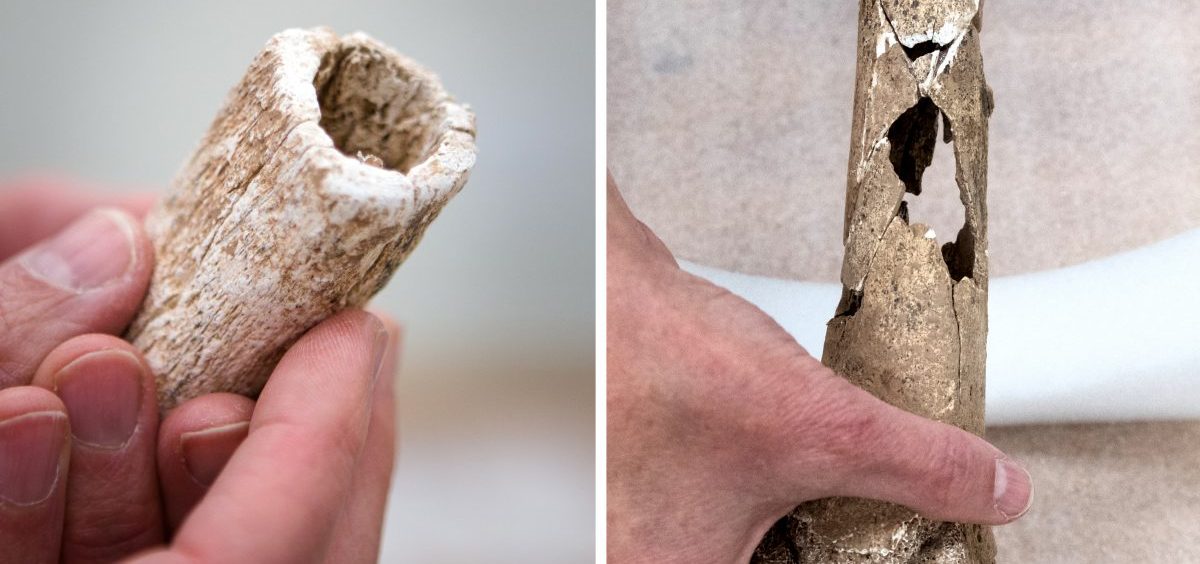
Civil War Battlefield ‘Limb Pit’ Reveals Work Of Combat Surgeons
By: Christopher Joyce | NPR
Posted on:
Scientists have uncovered a pit of human bones at a Civil War battlefield in Virginia. The remains are the amputated limbs of wounded Union soldiers.
It’s the first “limb pit” from a Civil War battlefield to be excavated, and experts say it opens a new window on what is often overlooked in Civil War history: the aftermath of battle, the agony of survivors and the trials of early combat surgeons.
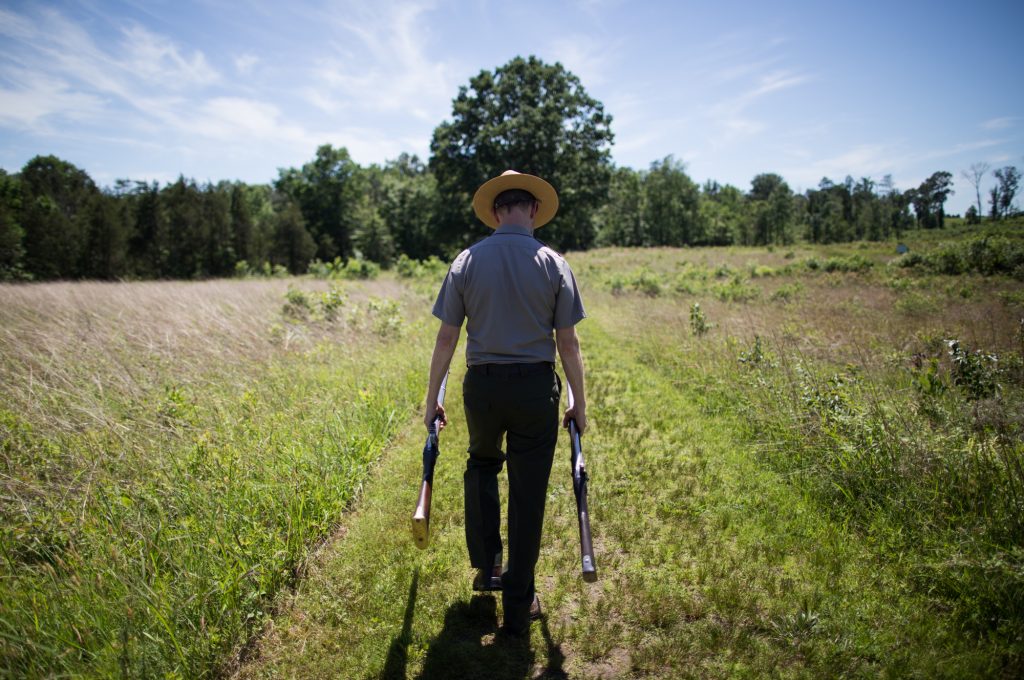
Bies says at first they weren’t sure what they had. “Just pieces of bone,” says Bies, who is now superintendent of the Manassas site. But over time more bones surfaced. The Park Service sent them to some of the world’s leading forensic anthropologists at the Smithsonian’s National Museum of Natural History in Washington, D.C.
They now lie neatly on tables under fluorescent lights at the museum’s forensic lab. Anthropologist Karin Bruwelheide, who’s spent over two decades working on bones, holds up part of a reconstructed leg bone to the light. It was one of the first to arrive, in pieces.
Now you can see that one end has been cut. “This is a very even-cut surface,” she says. “There is no irregularity.” It’s not unlike a tree branch that’s been carefully sawed. “You know, immediately we thought amputation,” she says. “Possibly these remains were related to the Civil War.” That might seem obvious, but battlefields were quickly turned to pastures or crops after the war. Anyone could have been buried there.
Eventually, more bones were uncovered from the pit, whose location at the Manassas site has been kept secret. Now the team has 11 limbs — 10 of them leg bones, and one arm bone.
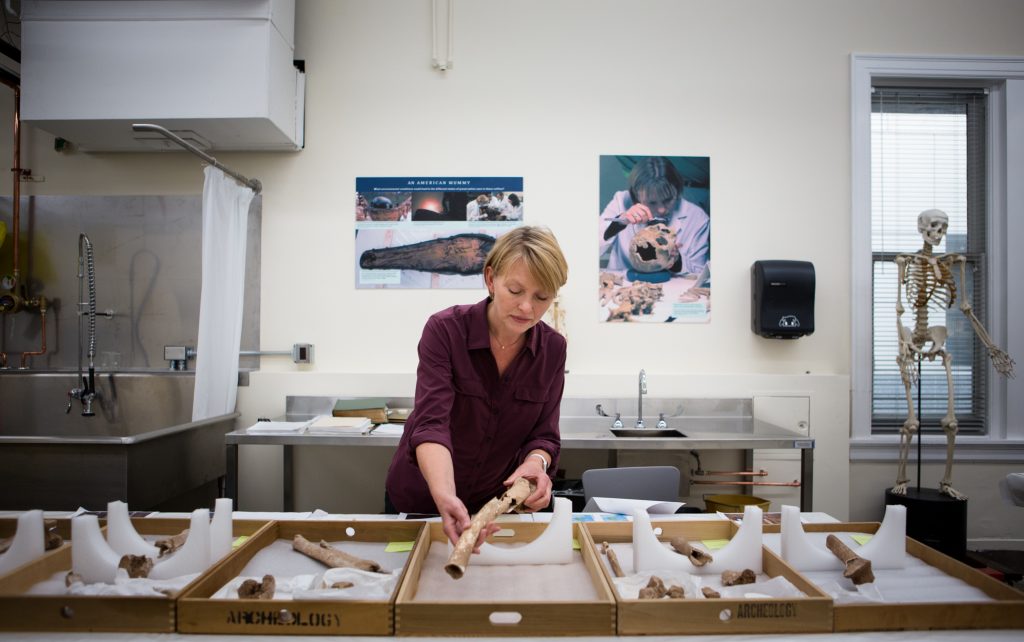
Bies says these men were likely wounded during a charge up to a ridge called the Deep Cut, held by thousands of Confederates. Bies takes me there; it’s a gentle slope that’s lush with spring growth. He says in 1862 it was likely pasture, with no cover. Bies describes the battle. “As (Union soldiers) start to get closer, within 300, 400 yards, they start to receive rifle fire and musket fire,” he says. “Men are dropping left and right.”
Bies has brought a musket along to the Deep Cut site. He loads the original Enfield from the Civil War with black powder (though without a bullet). He rams the charge down the barrel, cocks the hammer and fires. It’s loud. You can imagine the din of thousands of these firing throughout the battle.
After three days of fighting, Union forces retreated. They left behind thousands of wounded on the battlefields at Manassas, some for days, until surgeons arrived.
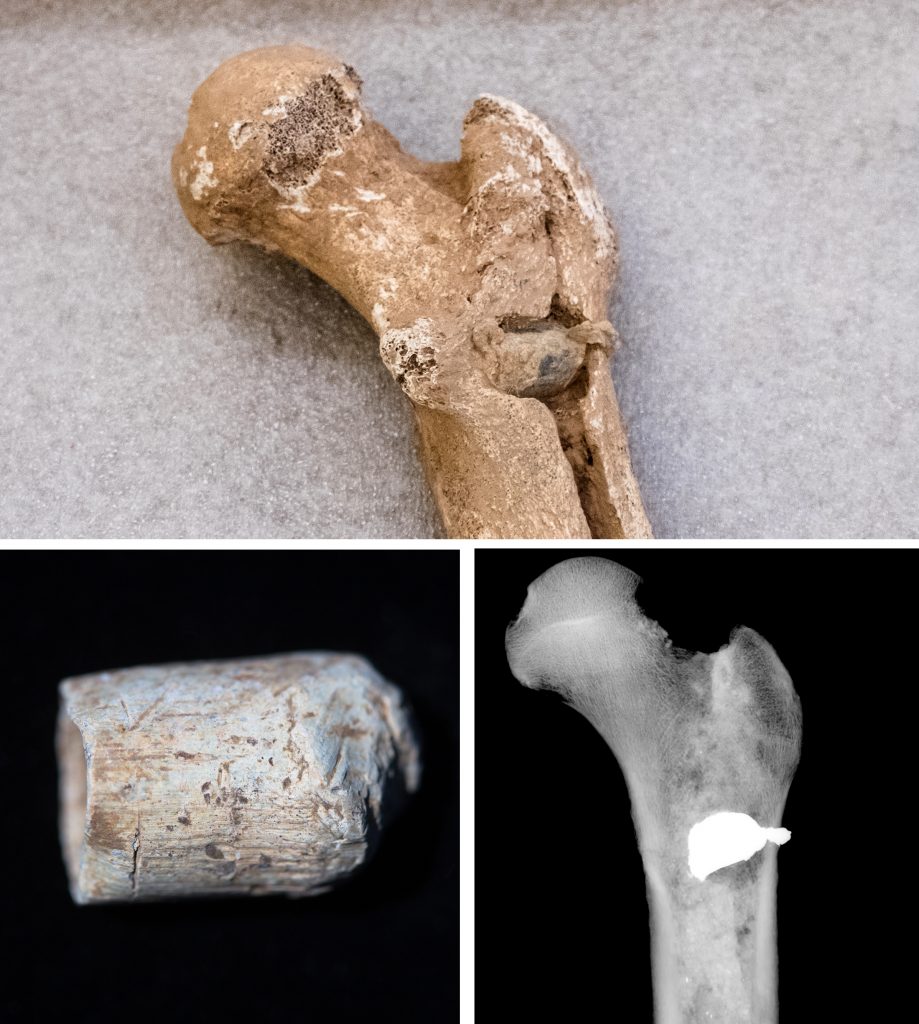
That’s one of the things the Smithsonian team is trying to illuminate from the bones and written records left by surgeons and soldiers. Many soldiers had been hit by a new kind of bullet–a soft, heavy projectile called a Minié ball. “Heavy … and low velocity, and they really caused a lot of damage,” says Doug Owsley, the museum’s head physical anthropologist. He shows me one of the soldiers’ bones with the kind of wound a Minié ball could cause. “You can see this right femur, high up, it’s got a fracture up in the upper thigh,” he says. “It’s shattered, and it’s a horrific fracture of that leg.”
Antibiotics were unknown. Owsley says surgeons had to amputate to save lives. During the entire Civil War, they performed tens of thousands of amputations. “When you start researching that,” says Owsley, “you understand what a horrible situation everybody was in.”
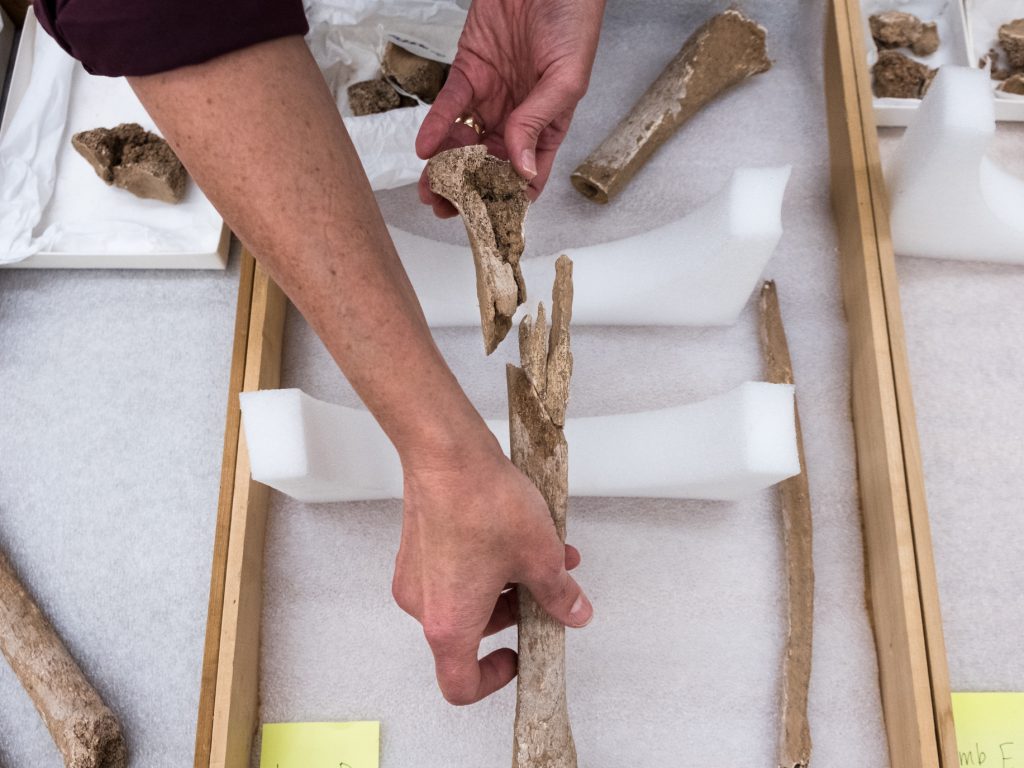
Bruwelheide and Owsley say the limb pit provides a unique look at the early days of combat medicine in the U.S. The weapons of war had advanced, and doctors encountered types and numbers of wounds they’d never seen. They were labeled butchers for performing so many amputations, but they had little choice.
“You think you know everything about the Civil War,” says Bruwelheide, “but then you have a project like this that opens up a whole new area of history –aftermaths of battles.” Adds Owsley, who’s spent decades teasing out stories from human bones, amputations “were so much a part of what actually happened during the Civil War, as the only way they could really deal with those types of limb fractures. But you never see it, and here it is right in front of us.”
The research team may be able to identify some of these soldiers. Owsley says the surgeons recorded patients’ names, along with their wounds and where they amputated. “And we can look at the amputations that we see,” he says, “and then we can look at the records and then we can begin to focus in” on their identities. Owsley can even roughly estimate where the soldiers came from, based on oxygen isotopes in their bones. Those isotopic signatures reflect where the water they drank in their lifetime came from.
If the team can identify the soldiers, as well as the surgeons who did the work, one of the questions they’re eager to answer is: What happened to them? Who survived and what became of them?
9(MDI4ODU1ODA1MDE0ODA3MTMyMDY2MTJiNQ000))

